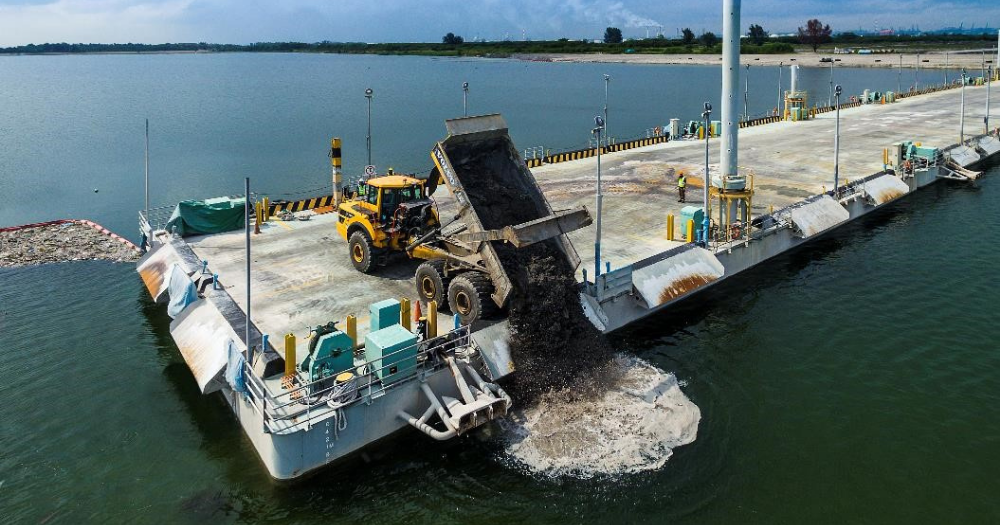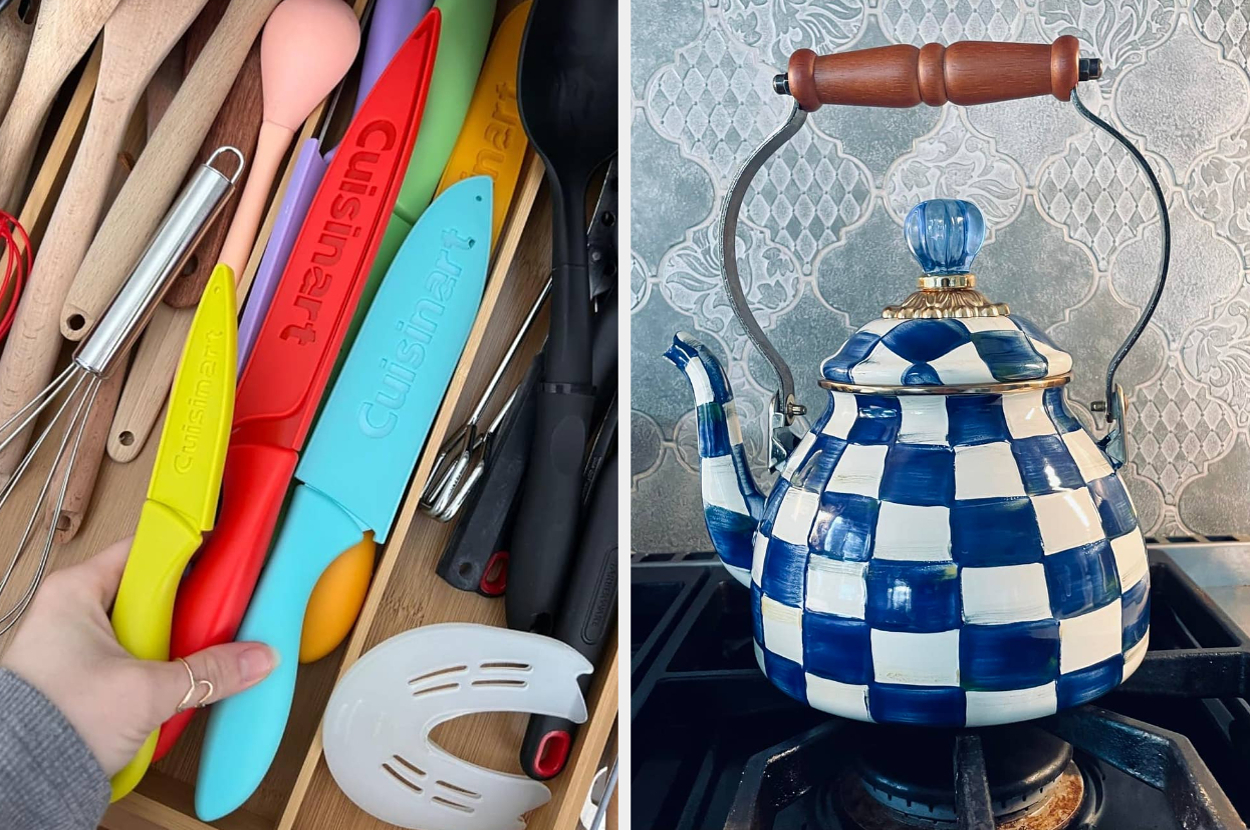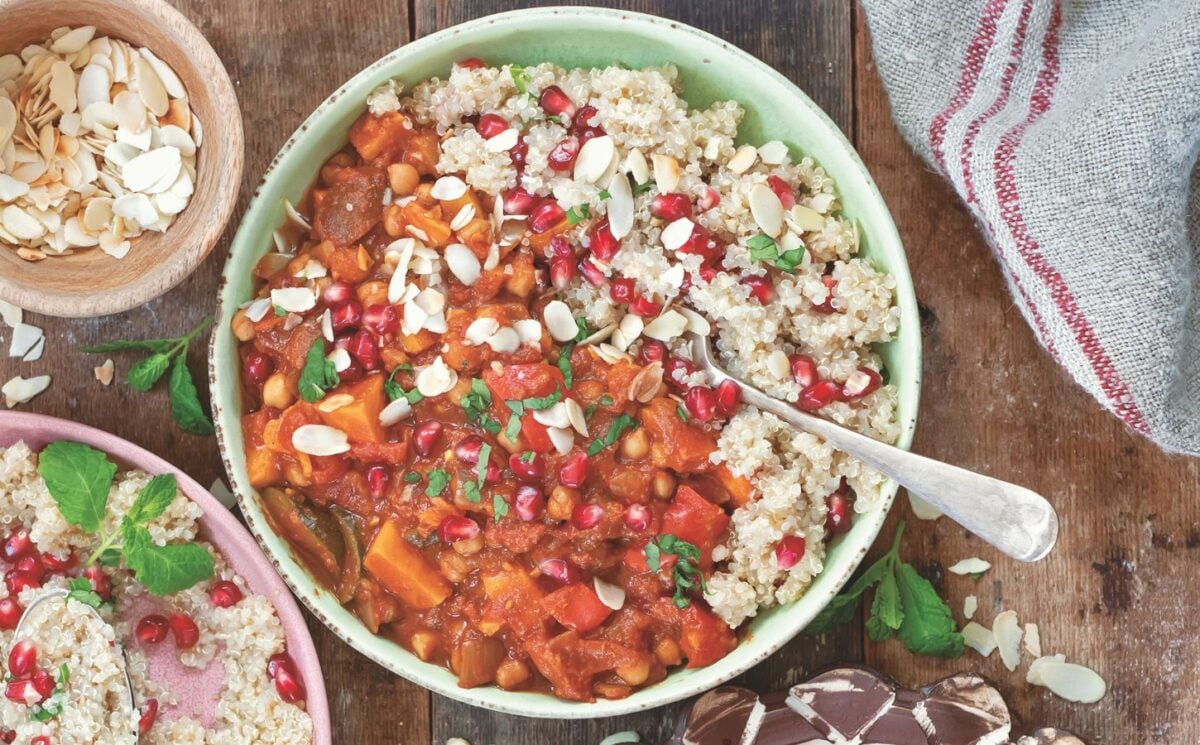
Cast iron is often lauded for its ability to produce an even cook or bake by retaining heat. However, until it reaches your desired temperature all around, your skillet heats unevenly. For this reason, you don't want to start cooking your cast iron dinners until your pan or skillet has sufficiently warmed up.
If you are guilty of this practice, don't feel bad — this is one of the most common ways of using your cast iron pan wrong . If you think about it, you wouldn't place a casserole, cake, or roast into an oven that hasn't been preheated, and you need to apply the same philosophy to this cookware. When you don't preheat your cast iron and begin cooking, you are going to find that your cast iron has both warm and cold zones, where some food on one side of your pot is cooking rapidly while the other side isn't cooking at the same rate.

To prevent this, you can either warm it up slowly on low to medium heat for 5 to 10 minutes, or you can place it in the oven and let it warm to the desired temperature. The latter will especially help combat hot spots. Not preheating slows the process Part of the beauty of cast iron skillets and pans come from their nonstick qualities.
But, if your pan isn't heated properly and you're making your cast iron skillet game hen dinner , the skin of your birds will stick to the bottom of the pan and you could wind up with a dry bite. Or, you might not achieve a crust when making a pan-seared rosemary steak . This is largely due to the increase in moisture when your skillet or pan is not hot enough from the get-go, which slows the cooking process down and prevents that beautiful sear from occurring.
Similarly, when making cast iron chocolate chip cookie bars to end your meal, preheating ensures that the temperature doesn't drop when you pour cold batter into a skillet that has been warmed in the oven and then moved to the stovetop. A temperature dip would lead to portions of your cookie baking at different rates and sticking to the pan..















